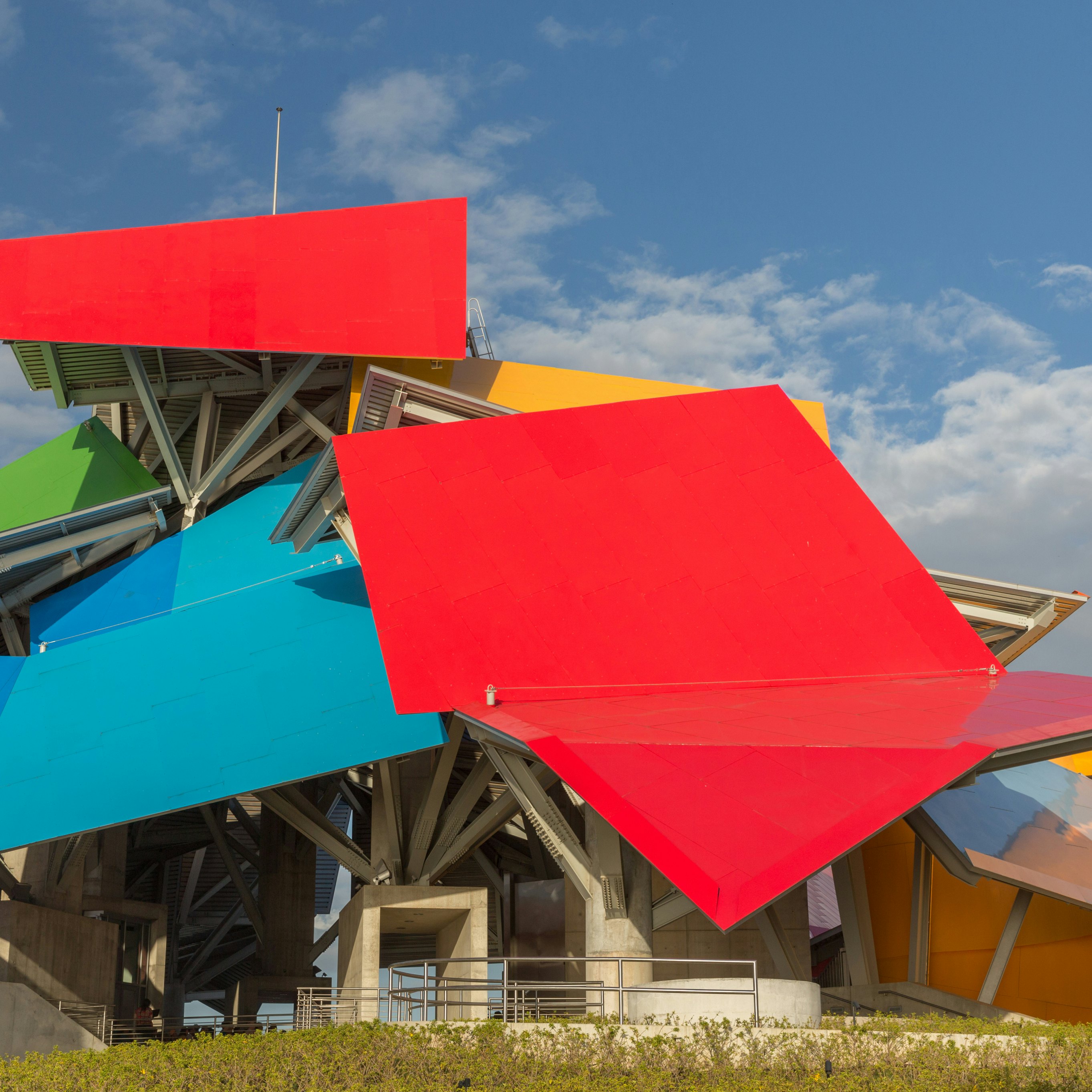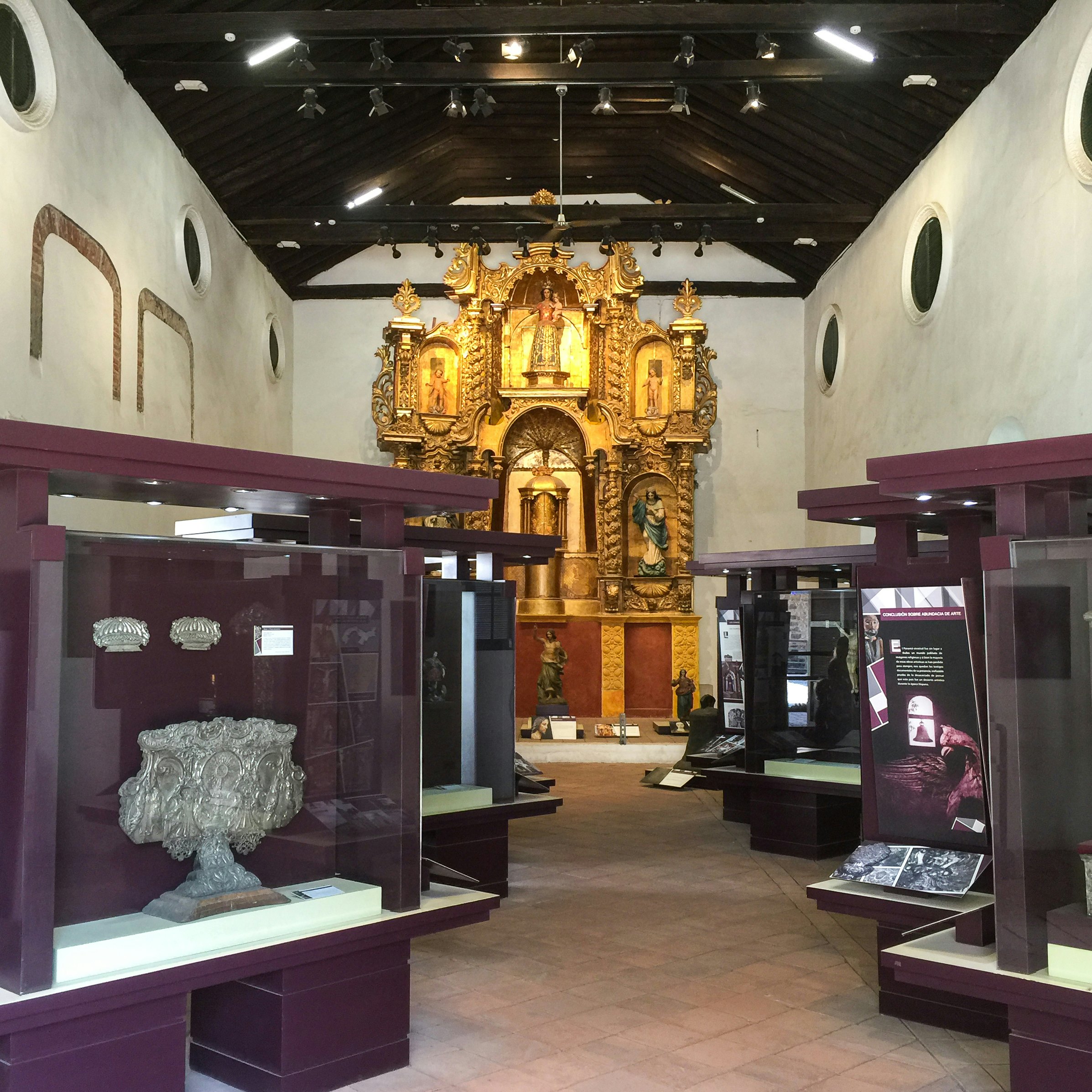

Getty Images/iStockphoto
Overview
One of the most cosmopolitan capitals in Central America, Panama City is both a vibrant metropolis and a gateway to incredible tropical escapes.
Plan your trip with Guide, an AI travel planner!
Create a personalized trip itinerary in seconds using artificial intelligence.
Must-see attractions
Planning Tools
Expert guidance to help you plan your trip
Best Things to Do
Hip and historic Casco Viejo makes just about everyone fall in love with Panama City. Here’s what you shouldn’t miss in the neighborhood.
Read full article
Best Time to Visit
There’s always something exciting happening in cosmopolitan Panama City. Here’s our guide to what's happening in every season.
Read full article
Things to Know
From staying safe and avoiding scams to local etiquette and how to stay on budget, here are 16 top tips you need before visiting Panama City.
Read full article
Transportation
Thanks to billions of dollars and years of hard work, Panama City now boasts the finest mass-transit system in Central America.
Read full article
Free Things to Do
These free (and almost free) experiences in Panama City will make your stay unforgettable without breaking the bank.
Read full article
Best Neighborhoods
From the cobbled streets of Casco Viejo to the sleek skyscrapers of downtown, there is a neighborhood in Panama City to suit you no matter what you want.
Read full article
Money and Costs
Budget-conscious travelers looking to visit Panama City will love these money-saving tips.
Read full article
Get a book. Get inspired. Get exploring.
in partnership with getyourguide














